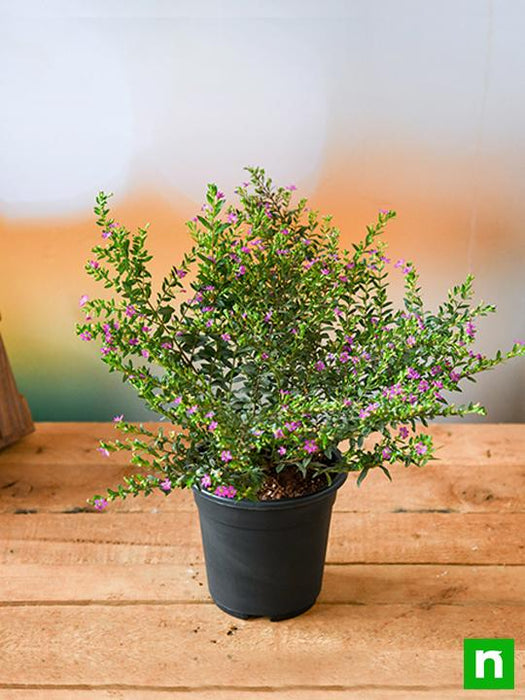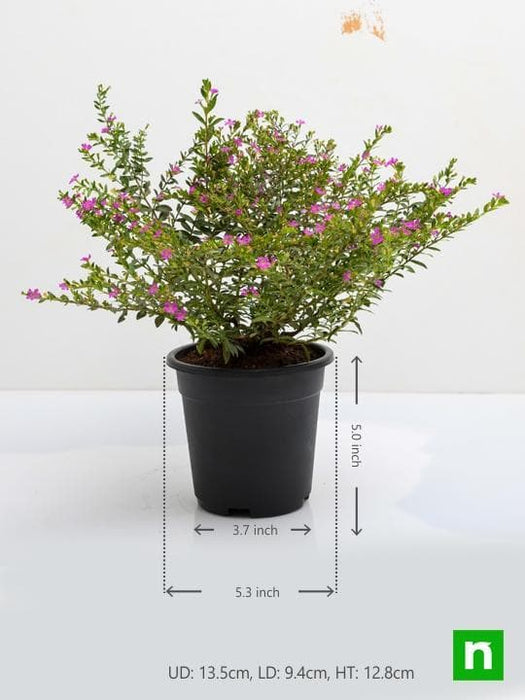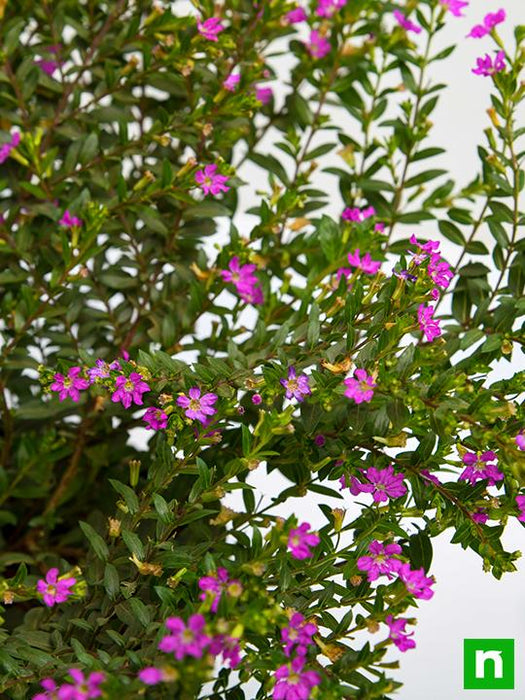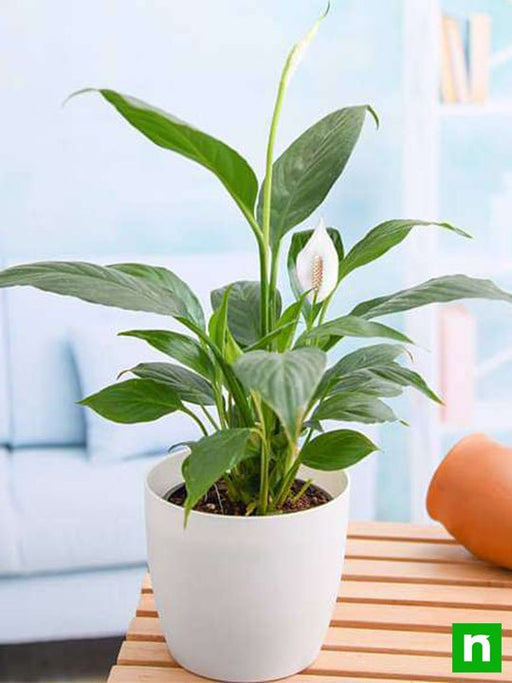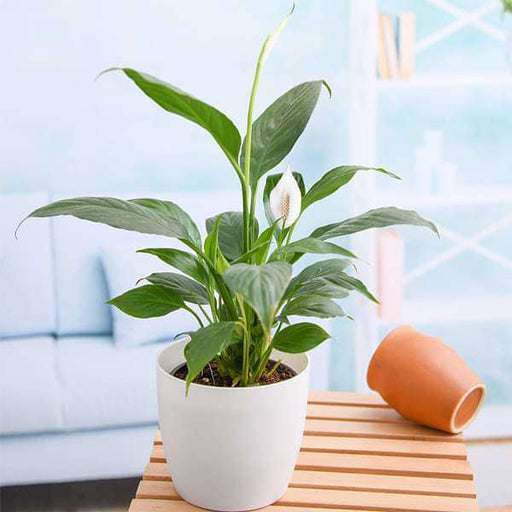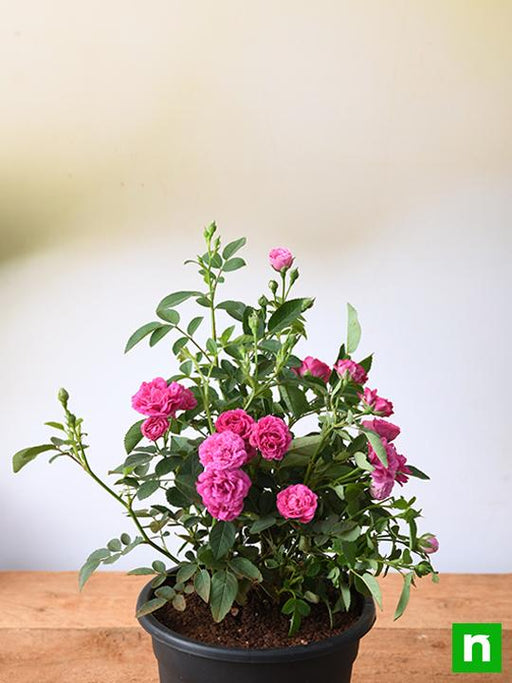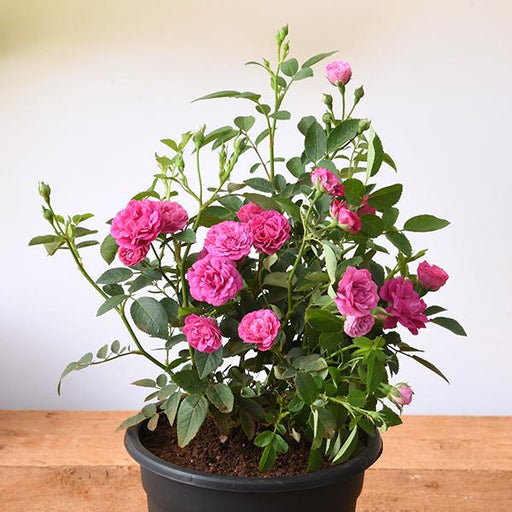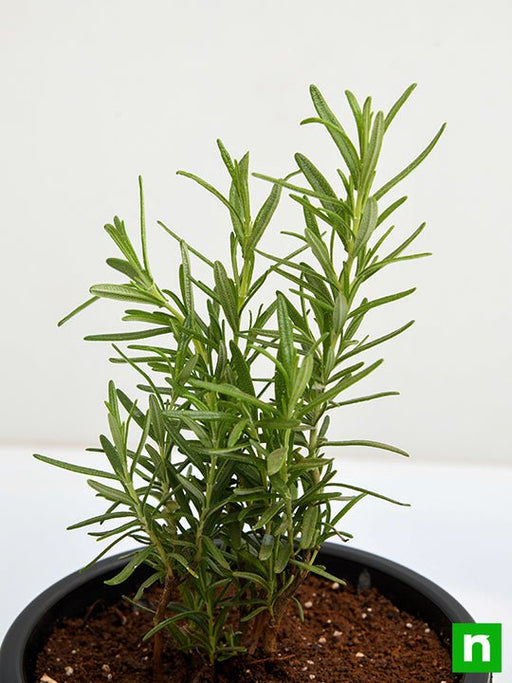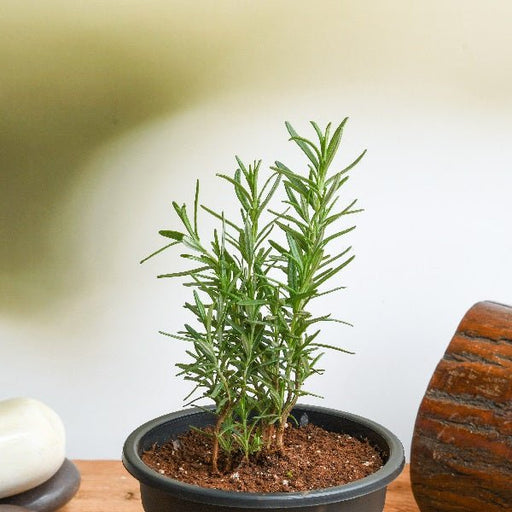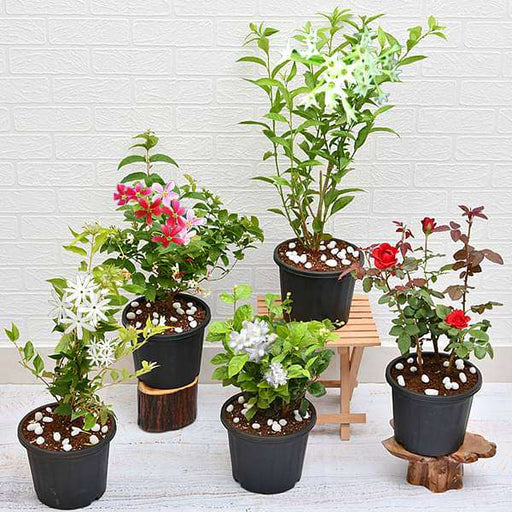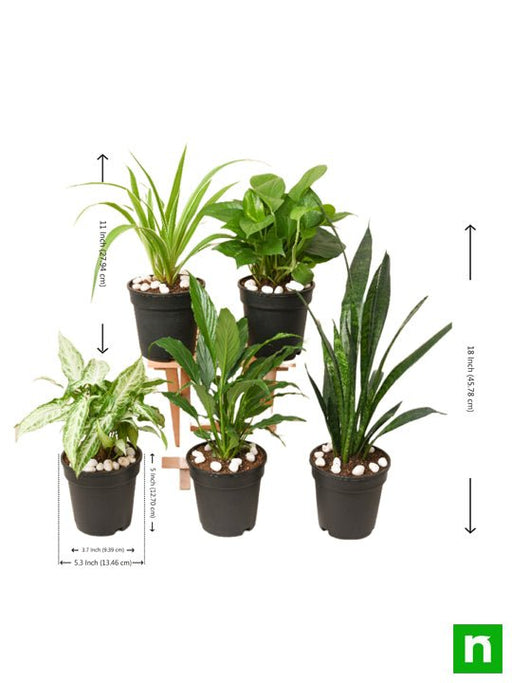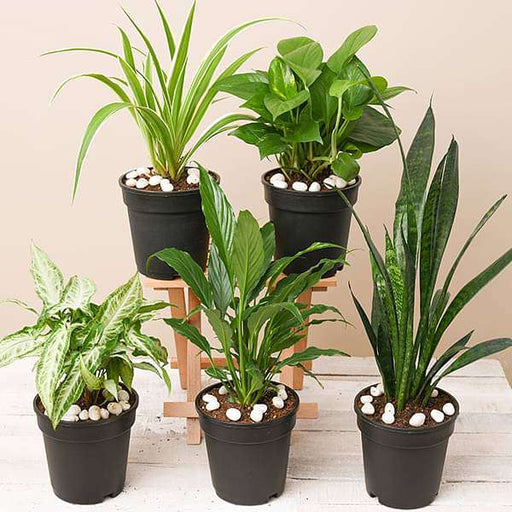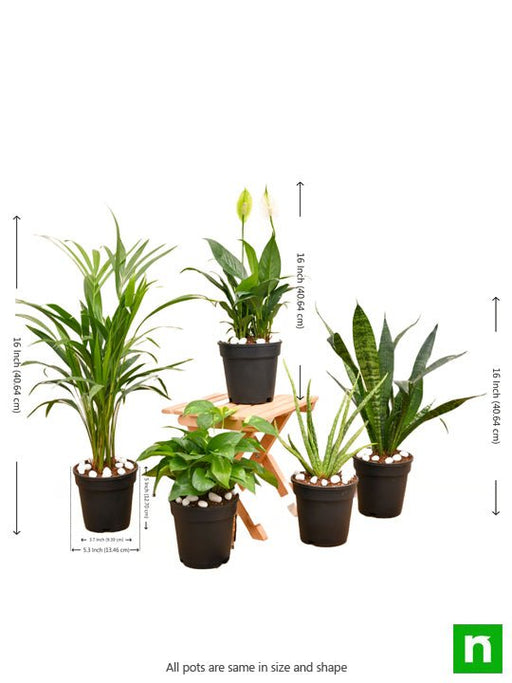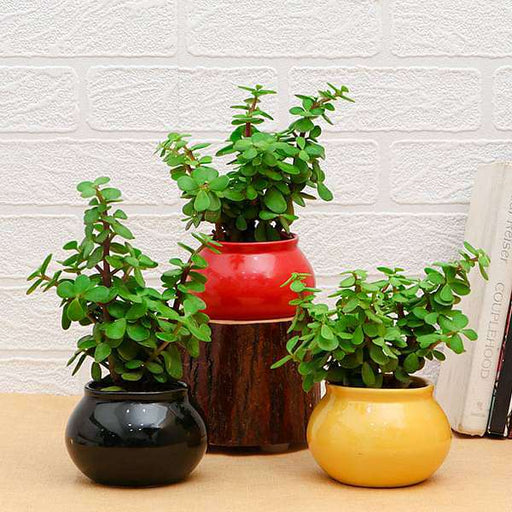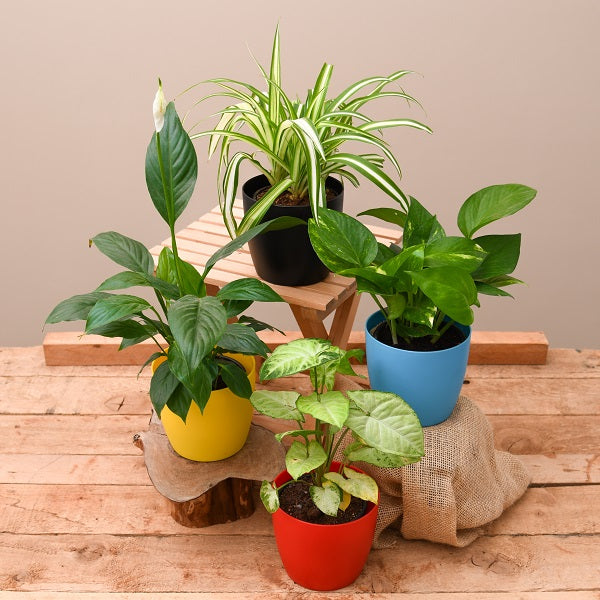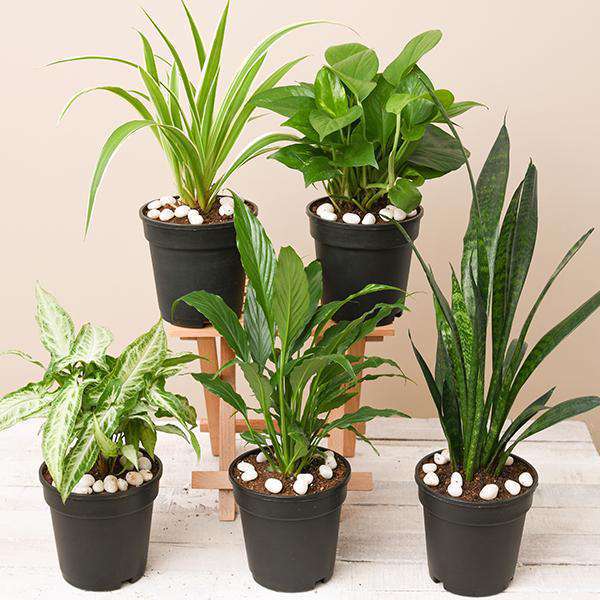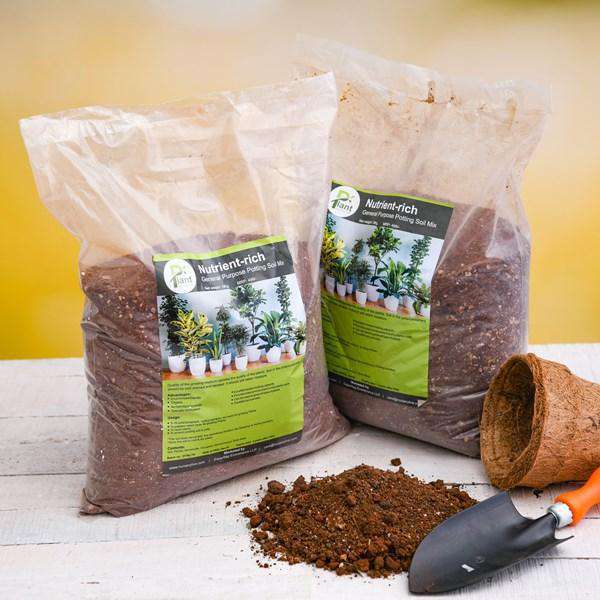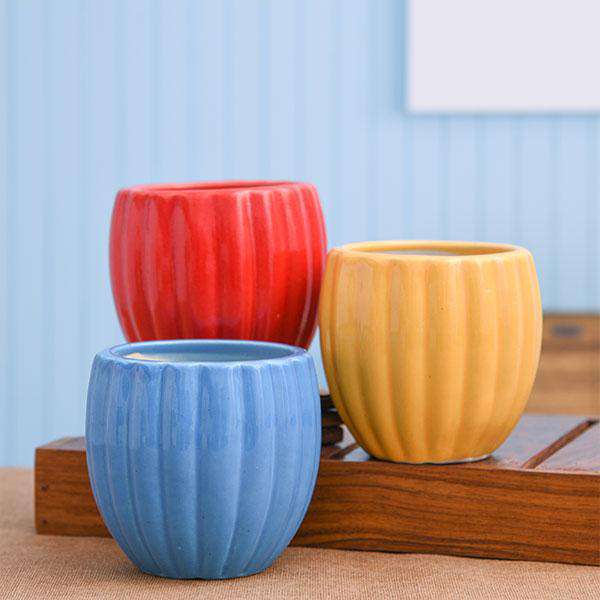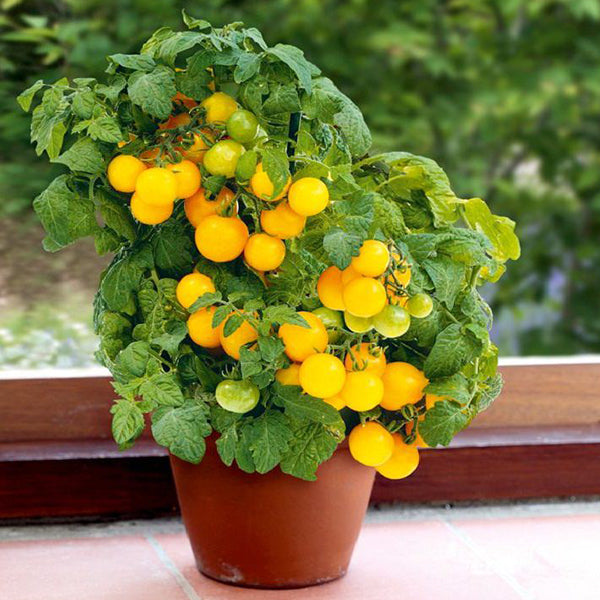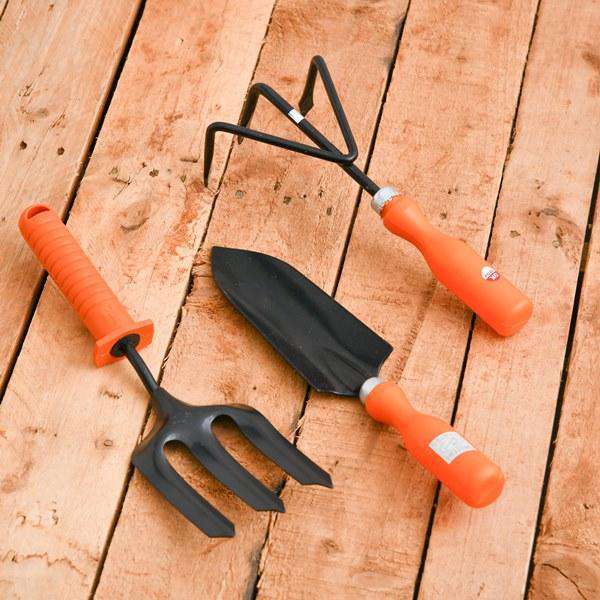Description
Growing Cuphea is an easy way to add a tropical flair to your garden. When you know how to care for Cuphea plants, you will be rewarded with many years of lovely flowe
What makes it special:- One of the best small attractive evergreen flowering shrub.
- Low maintenance plants.
- This plant has gained the Royal Horticultural Society s Award of Garden Merit.
| Sr |
Item name |
| 1 |
Cuphea Hyssopifolia ( Lavender) - Plant |
| 2 |
5 inch (13 cm) Grower Round Plastic Pot (Black) |
This product may not have the flowers at the time of shipping. Afterward, the plant will bloom and it could be of lavender colored flower.Cuphea hyssopifolia is a small evergreen shrub from Lythraceae family, native to Mexico, Guatemala and Honduras.
It grows to about 60 cm high by 90 cm wide and the flowers emerge from the axils to create a show of color that lasts for most part of the year and flower color may range from purple, lavender, white, pink, and deep rose variety.The leaves are small and arranged alternatively along the length of the stems giving the plants a fern-like appearance. Cuphea thrives in hot humid climates, Foliage color is prettiest when grown in broken shade. It is tender tropical shrub and it is a perfect choice as a permanent evergreen ground cover and exhibits non-stop flowering.
Plant Specifications
| Plant Height |
12 inch (30 cm) |
| Plant Spread |
6 inch (15 cm) |
*above specification are indicative only. actual dimensions may vary by +-10%
| Common Name |
False heather, Elfin herb, Hawaiian heather, Mexican False Heather |
| Maximum Reachable Height |
30-60 centimeter |
| Flower Colour |
Lavender |
| Bloom Time |
Blooms non-stop almost year round. |
| Difficulty Level |
Easy |
Planting and care
Refer our Garden Guide for detailed procedures and meanings of words related to gardening.
Sunlight
Morning sunlight of 3 - 6 hours a day is ideal for flowering and plant grow well in bright light for rest of the day.SoilThe soil should be well drained, fertile and rich in organic content for growing Cuphea plant.WateringPoke your finger/plain small stick into the soil to check the moisture.Apply 3 cup(approx.150ml) of water when the top soil (1-2 inch) in the pot feels dry to touch.Do not overwater the plant.As a rule of thumb, water the plants thoroughly in summer and reduce watering in winter and rainy season.Water should be applied preferably in the morning or evening.Application of FertilizerBefore application of fertilizer loosen the topsoil without disturbing the roots of the plant so, it can uptake the nutrients and moisture easily.Apply organic fertilizer once a month(throughout the year)Apply water immediately after application of fertilizer.Plant ProtectionRemove dead, infected or damaged plant parts and discard them away from the plants.For any insect attack or disease, you can use Neem oil, Eucalyptus oil or Citrus oil spray for primary treatment.DontsDo not overwater the plant specially when pot doesnt have drainage hole.Avoid applying water on flowers and leaves it may cause fungal infection.Cuphea Hyssopifolia care
Initial care for 1-2 weeks after receiving plant at your location:
Poke your finger/plain small stick into the soil to check the moisture.Apply 3 cup(approx.150ml) of water when the top soil (1-2 inch) in the pot feels dry to touch.Keep the plant in artificial bright light.Do not re-pot for min. 2 weeks after receiving it.Key requirements to keep plant healthy:
| Sunlight |
Natural bright light with morning sunlight(3-6 hours) |
| Watering |
Apply 3 cup(approx.150ml) of water when the top soil (1-2 inch) in the pot feels dry to touch |
| Soil |
Well drained, fertile and rich in organic content |
| Temperature |
22-32 Degree Celsius. |
| Fertilizer |
Apply organic fertilizer once a month(throughout the year) |
Cuphea Hyssopifolia special feature
Annual for borders, beds, ground cover or edgings along walkways or paths container plant for decks, patios or porches, Hanging baskets, Houseplant
Cuphea Hyssopifolia uses
Ornamental Use:
- The plant is used for ornamental purpose
Medicinal Use:
- Some time Cuphea used to cure indigestion, dysentery etc
- Note: The following information is general guidelines, be sure to ask your healthcare provider for guidelines


